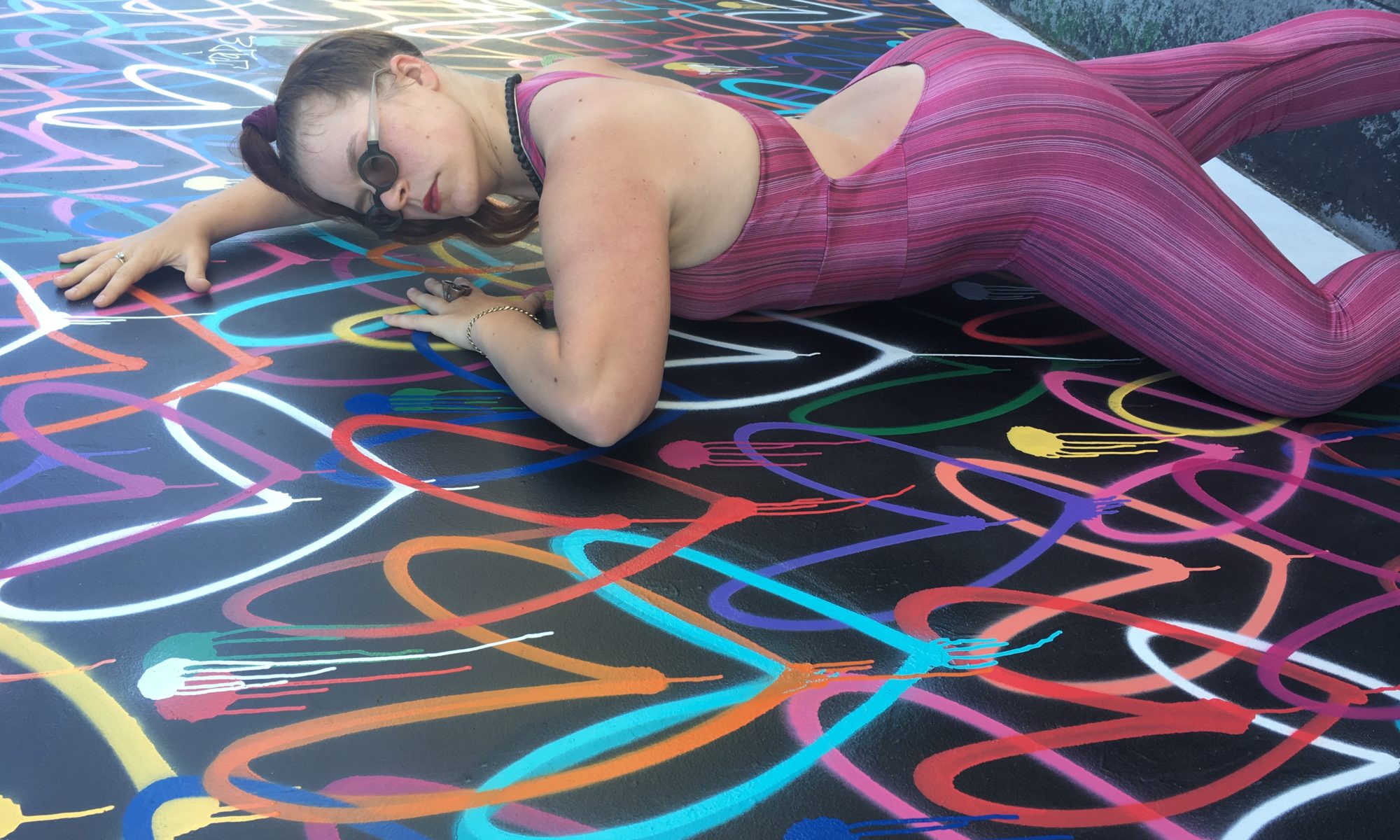
How to learn touch attunement :
In teaching empathetic embodiment / therapeutic touch the main skill I am training is incarnate intuition. A foundational principal of this is attunement.
The gold standard of attunement begins with receiving permission to focus your concentrated full attention into + inside the receiver. Some of us {eg. autistics} have experienced attention as harmful or even dangerous because our behavior does not easefully or automatically conform to social norms, creating anxiety around being perceived in the act of masking. In our current cultural context being othered could lead to banishment from the tribe, and thus was a survival risk. Although it is always recommended to receive verbal consent whenever possible, corporeal communications may be incongruent, in which case reference my book ‘corporeal consent’ for working with this complication.
Technique wise, I train attunement by encouraging students to develop the skill of honing their attention into different shapes, such as a diffuse lantern, flashlight, and Lazer beam as forms of focus. Then I share on how to move this attention to different places in your body, then to the surface of the skin and into the point{s} of contact with another body. Here we start softly, attention as a light snow settling and melting into the ground of being, seeping into the receiver’s body.
Finally, often with the training wheels of antennae, the most elusive skill is revealed : to move your attention outside your body and into another, penetrating them with your perception.
Some on the skeptical side may claim this is projection, but when you have numerous experiences of accurate shared embodied entanglement + memories transmitted to you as the giver that are validated by the receiver, you come to realize this is the nascent evolving edge of possibility when it comes to Collaboratively moving shared awareness into different locations.
Once you are honed in attunement, then you can accurately track how your touch is impacting the receiver’s tissues, with the main guiding question being – are they able to relax or is there resistance ?
Depending on the intention of the session, you surf different areas of the wave of resistance. This is the heart of the art + innovation of therapeutic touch and deserves a chapter of its own.
You calibrate for pressure preference and type of energy the receiver is desiring. Move aš slowly as you can sense your impact.
In general, when selecting for transformation and bodywork surgery, deep + slow allows the nervous system of the receiver to settle. Steady movements {rather than jiggling or rapid rubbing} allow the receiver’s body to enter a parasympathetic state and ‘tend and befriend’, trusting in the capacity of the giver to sense the impact they are causing. Tracking tracking.
An interesting caveat is, in physical therapy if a muscle is not able to release, jiggling the limb while holding the point with steady pressure can confuse the muscle into not knowing when to tense.
Additionally, having the receiver activate that tense muscle then relax allows for a complete relaxation of that muscle, rather than partial tension that is often the default superpositioning many are suspended in.
Stay tuned for how to choose an impetus of movement / action, with the highest form being unconditional love.

